Fascinating Phenomenon: Petrification Along the Jurassic Coast
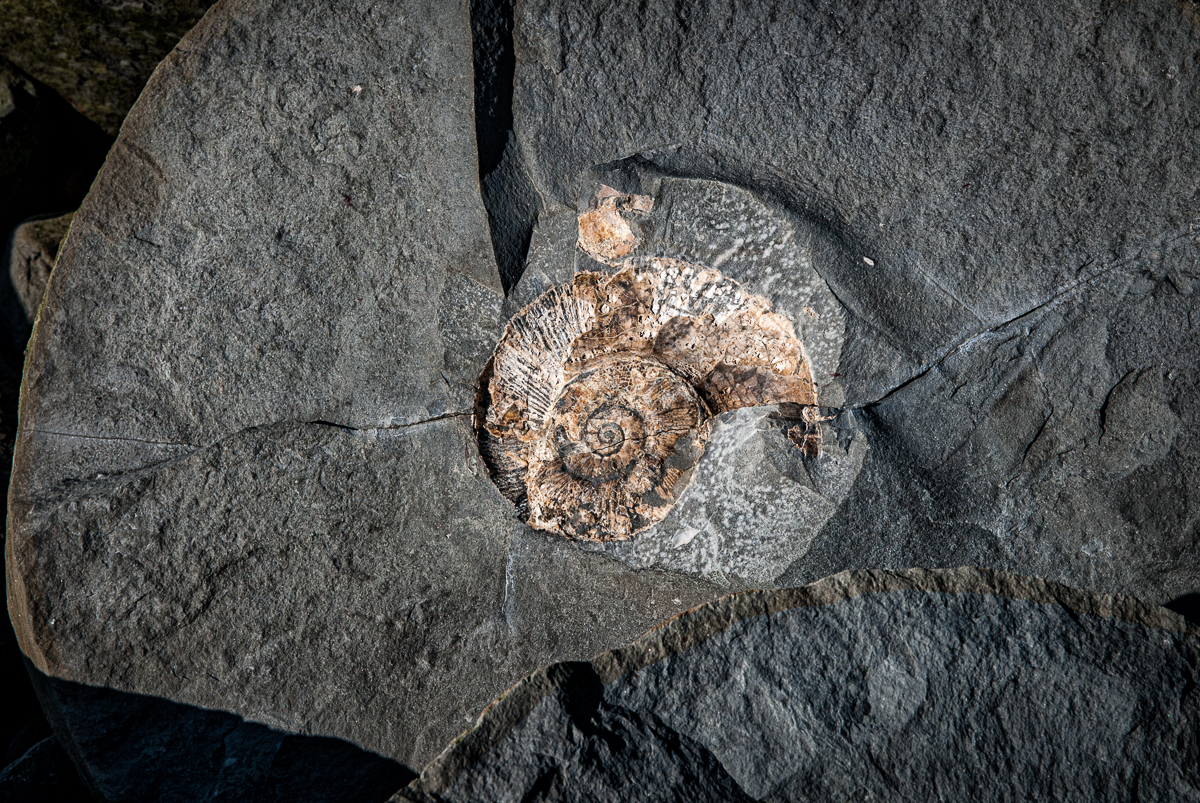
Introduction
The Jurassic Coast, renowned for its geological marvels, holds within its cliffs and shores the mesmerizing process of petrification. This fascinating phenomenon, shaped by millions of years of natural processes, offers a window into Earth’s ancient history. In this article, we delve into the intricacies of petrification along the Jurassic Coast, exploring its origins, mechanisms, and significance.
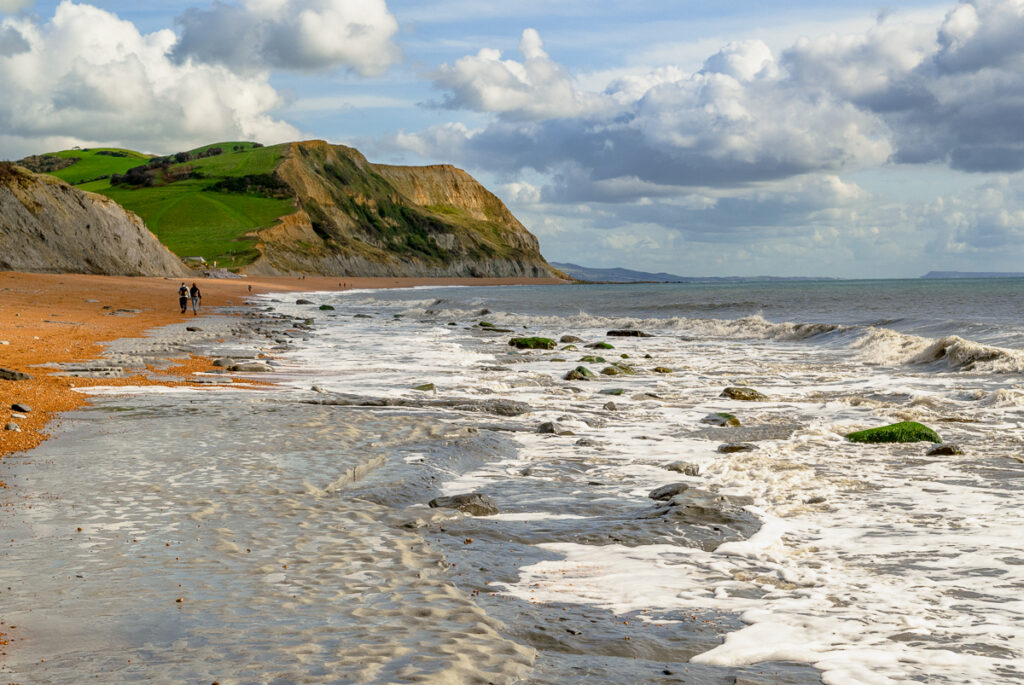
Unveiling Petrification
Petrification, a geological process, entails the conversion of organic material into stone through mineralization. Along the Jurassic Coast, this transformation occurs over vast time scales, resulting in the preservation of organic structures in exquisite detail.
Petrification unfolds in several distinct stages:
Formation of Fossil Beds
In the initial stages, sedimentary layers accumulate over organic matter, shielding it from decay. Over time, pressure and chemical reactions catalyze the mineralization process, gradually replacing organic components with minerals.
Mineral Infusion
As sediment layers compact, minerals such as silica and calcite infiltrate the porous structures of organic remains. This infusion gradually solidifies the material, preserving its form and texture.
Crystallization
Over millennia, the minerals crystallize, forming intricate networks within the fossilized remains. This crystalline structure enhances the durability of petrified specimens, ensuring their longevity.
Exposure and Erosion
Subsequent geological processes, such as erosion and uplift, bring petrified remains to the surface. Here, they endure exposure to the elements, further refining their appearance and resilience.
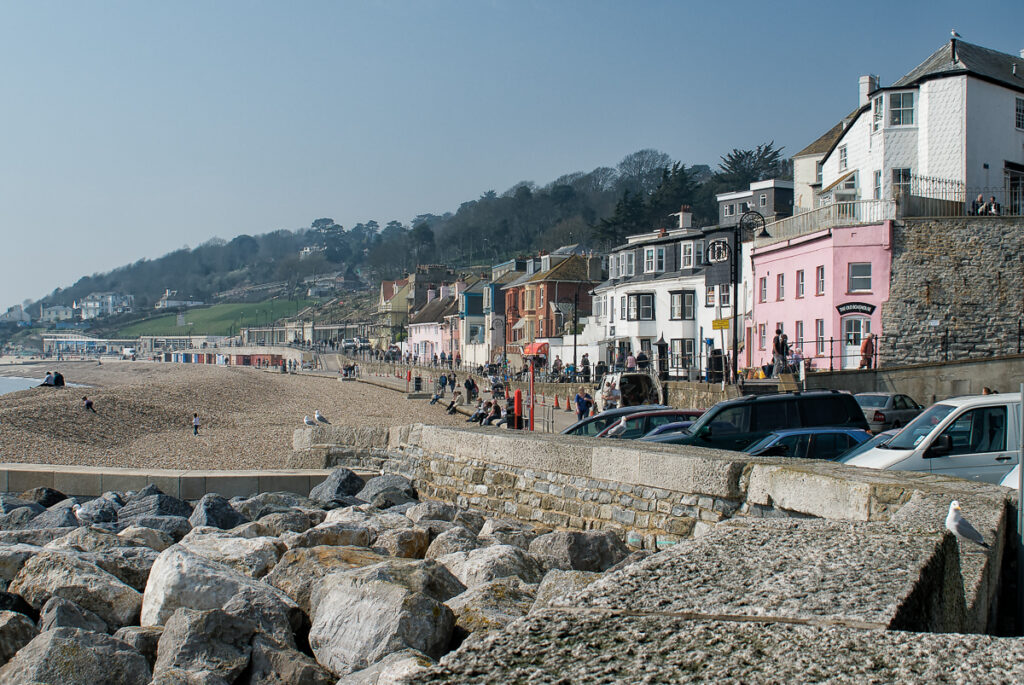
Exploring the Jurassic Coast’s Petrified Treasures
The Jurassic Coast, spanning 95 miles of England’s southwestern coastline, boasts an abundance of petrified wonders. Among its notable attractions are:
Lyme Regis: Fossil Hunting Haven
Renowned for its rich fossil deposits, Lyme Regis offers enthusiasts the opportunity to discover ammonites, ichthyosaurs, and other prehistoric relics embedded within its cliffs and beaches.
Charmouth: Paleontological Paradise
Charmouth’s scenic shores harbor an array of petrified treasures, including intricately preserved ammonites and marine reptiles. Visitors can explore the Charmouth Heritage Coast Centre for insights into the region’s geological history.
Kimmeridge Bay: Geological Gem
Kimmeridge Bay’s distinctive shale formations unveil a treasure trove of petrified marine life, providing invaluable insights into ancient ecosystems and geological processes.
Durdle Door: Iconic Landmark
Amidst the Jurassic Coast’s rugged beauty stands Durdle Door, a natural limestone arch sculpted by millennia of coastal erosion. Here, petrified remnants offer glimpses into bygone eras, showcasing the enduring legacy of geological transformation.
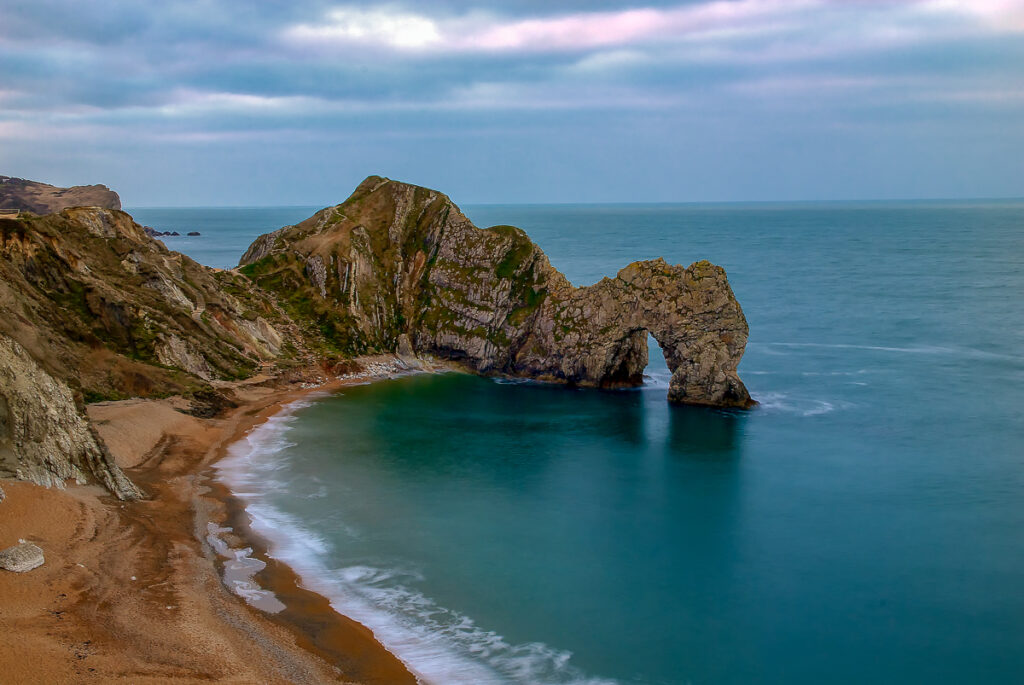
FAQs (Frequently Asked Questions)
How long does the petrification process take?
- The duration of petrification varies depending on factors such as geological conditions and the composition of organic matter. In some cases, it may take thousands to millions of years for complete mineralisation to occur.
Can anyone collect fossils along the Jurassic Coast?
- While fossil hunting is a popular activity, certain areas may be protected, and permits may be required for commercial collecting. It’s essential to familiarize oneself with local regulations and practice responsible fossil hunting.
What tools are recommended for fossil hunting?
- Essential tools such as a hammer, chisel, and sturdy footwear are essential for fossil hunting along the Jurassic Coast. Additionally, a keen eye for detail and patience are invaluable assets in uncovering hidden treasures.
Are petrified fossils fragile?
- While petrified fossils are remarkably durable due to the mineralization process, they can be susceptible to damage if mishandled. It’s advisable to exercise caution when handling and transporting fossil specimens to preserve their integrity.
What safety precautions should be taken when exploring the Jurassic Coast?
- When exploring the Jurassic Coast, it’s crucial to heed safety warnings, particularly regarding unstable cliffs and tides. Staying on designated paths, keeping a safe distance from cliff edges, and being aware of tide times can help ensure a safe and enjoyable experience.
Is petrification a standard process worldwide?
- Petrification occurs in various geological settings worldwide, albeit at varying rates and scales. While the Jurassic Coast offers a particularly rich source of petrified remains, similar phenomena can be found in numerous regions with suitable geological conditions.
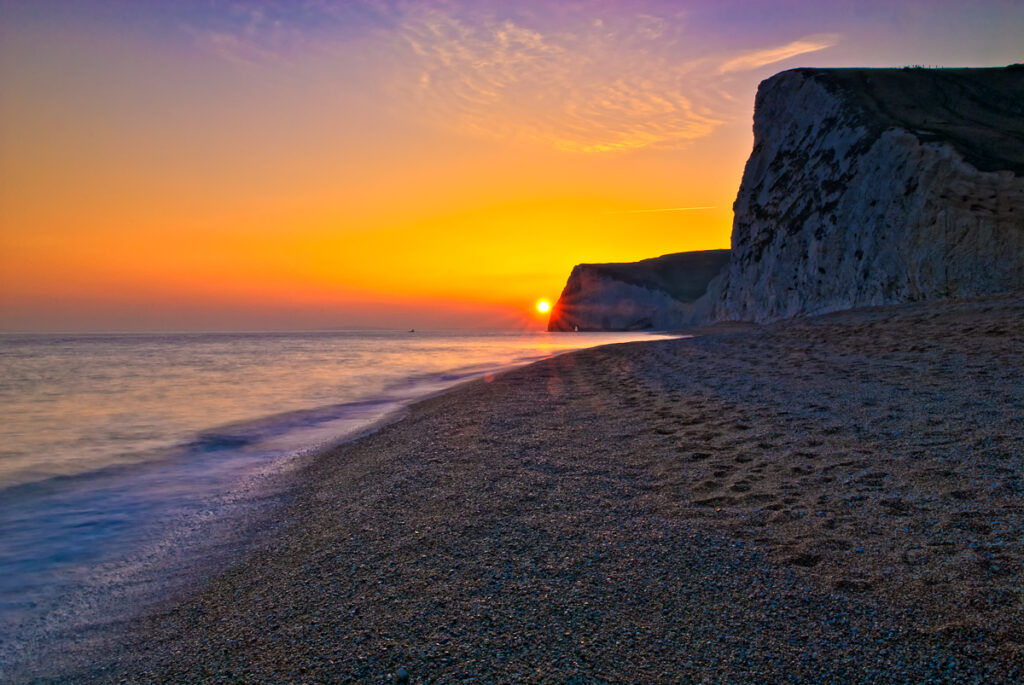
Conclusion
The Jurassic Coast’s petrified wonders stand as testament to the Earth’s dynamic history, preserving ancient ecosystems and creatures for posterity. Through petrification, organic matter transcends the ages, offering insights into bygone eras and captivating the imagination of future generations.




